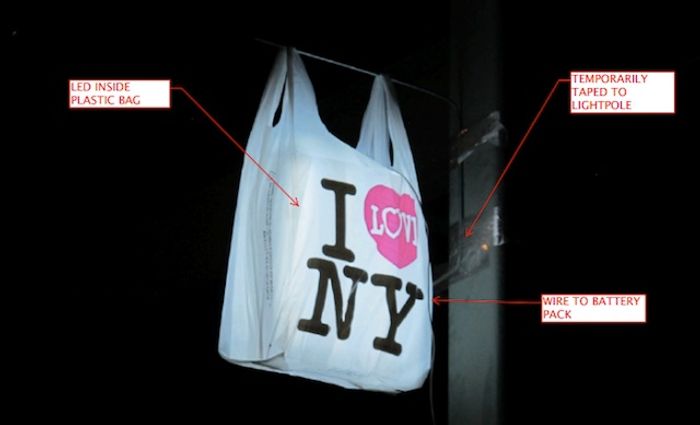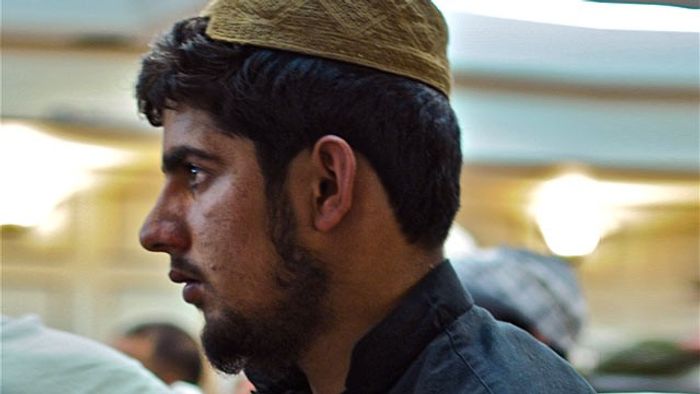Lakhdar Boumediene was held without charge at Guantánamo Bay for seven years.
I do not like to think of Guantánamo. The memories are filled with pain. But I share my story because 171 men remain there. Among them is Belkacem Bensayah, who was seized in Bosnia and sent to Guantánamo with me.
About 90 prisoners have been cleared for transfer out of Guantánamo. Some of them are from countries like Syria or China — where they would face torture if sent home — or Yemen, which the United States considers unstable. And so they sit as captives, with no end in sight — not because they are dangerous, not because they attacked America, but because the stigma of Guantánamo means they have no place to go, and America will not give a home to even one of them.
This horrific story follows the recent passage of the National Defense Authorization Act that may legalize this type of detention for US citizens suspected of terrorism.
Al Franken has been a vocal critic of the bill, calling it inconsistent with American liberties and freedoms:
As we reflect on what this bill will do, I think it is important to pause and remember some of the mistakes this country has made when we have been fearful of enemy attack.
Most notably, we made a grave, indefensible mistake during World War II, when President Roosevelt ordered the incarceration of more than 110,000 people of Japanese origin, as well as approximately 11,000 German-Americans and 3,000 Italian-Americans.
Franken delivered a similar speech to the Senate, prior to the bill’s passing.
Debate about the controversial sections of the NDAA has focused on whether or not American citizens would be subject to indefinite detention. The bill is vague and self-contradictory, left open to the interpretation of President Obama and all future sitting presidents.
It’s not hard to see the inherent problem of indefinitely detaining citizens protected by the Bill of Rights. Being held without charge defies due process and habeas corpus. But those legal traditions are not American in origin, from a moral standpoint I don’t see why non-citizens ought to be treated any differently.
Holding 171 men at Guantánamo Bay without charge is just as inconsistent with those same American liberties and freedoms Al Franken speaks of. I was frustrated with how little the NDAA was discussed in the weeks before it became law. But perhaps it’s for the best. That debate should be framed more broadly; it’s about human rights, not just the rights of Americans.

